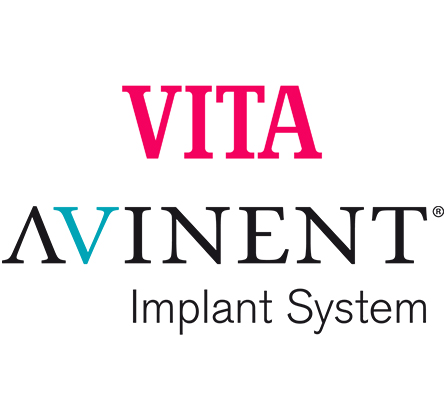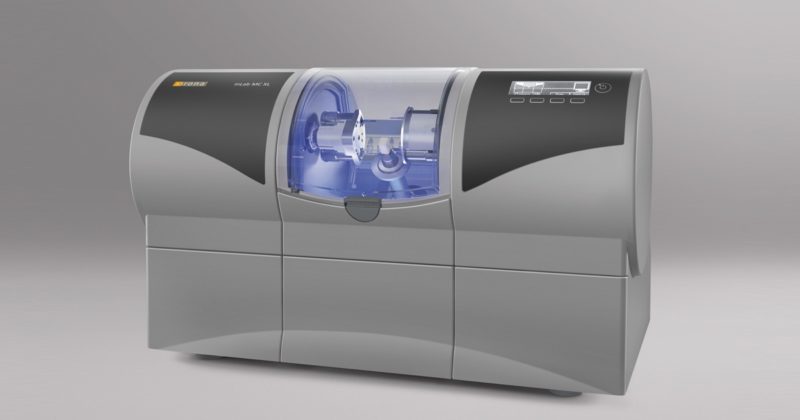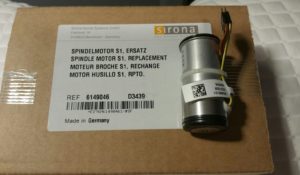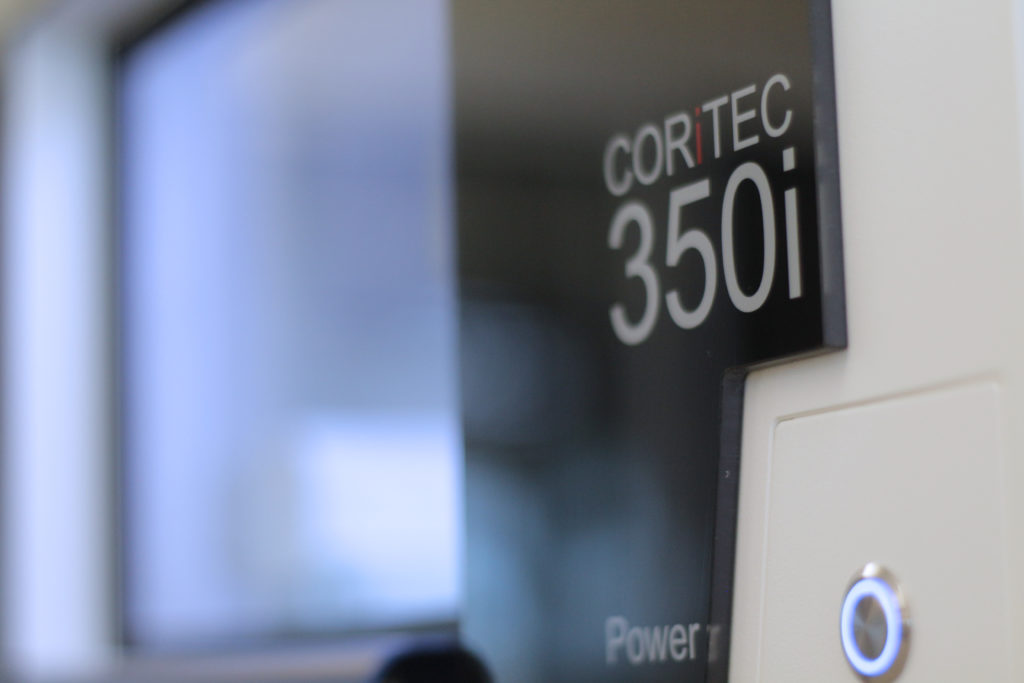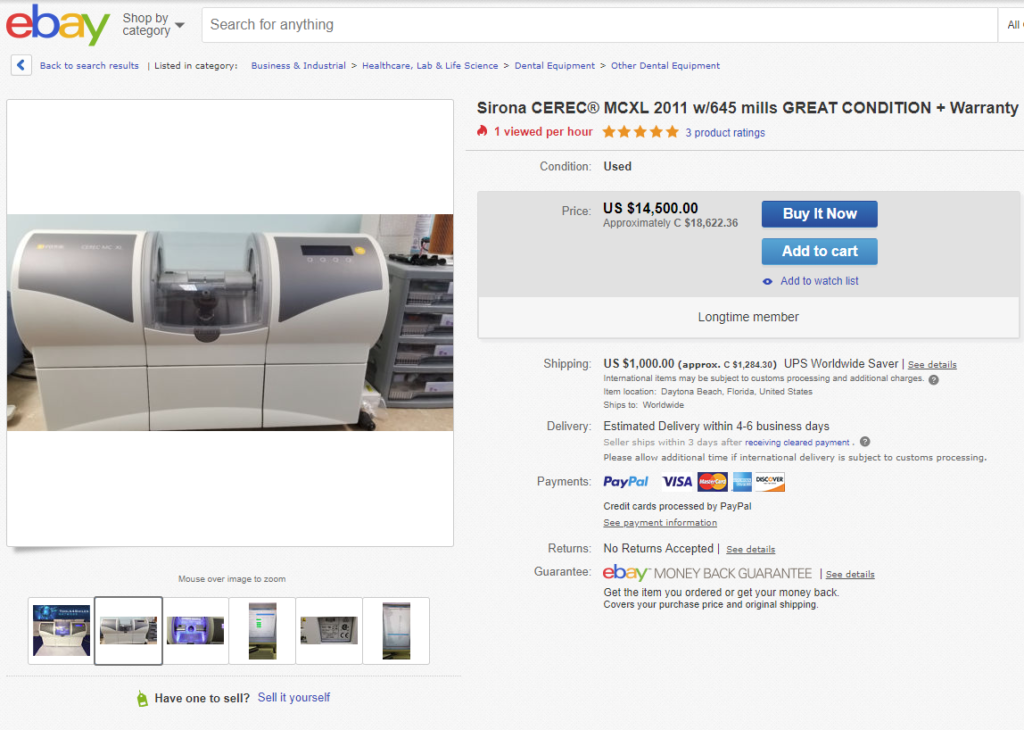AVINENT and VITA present a unique solution in a national training tour

AVINENT CAD-CAM has launched AURORA complete titanium structures onto the market, a revolutionary product in 3D printing applied to the dental prosthetics sector and aesthetic solutions
When two exceptional products come together, the outcome can be nothing but sublime and surprising. AVINENT CAD-CAM has launched AURORA complete titanium structures onto the market, a revolutionary product in 3D printing applied to the dental prosthetics sector and aesthetic solutions. At the same time, the German company VITA has, amongst its range of materials, two high quality products that fit perfectly with the AURORA structures: ENAMIC and VITA VM LC. Together, AVINENT and VITAhave demonstrated that the AURORA structures are a customised product of surprising quality, unique on the market. Now, the two companies have also proposed the public demonstration of the virtues of combining the two products to clinics and laboratories and to teach professionals the methods and steps to follow to achieve the best results possible for customised prostheses.
In light of this, AVINENT, together with VITA, has organised some practical workshops that will be offered for free throughout Spain. The training tour is expected to start in Manresa, and will be repeated in Murcia, Bilbao and Madrid. The workshops, aimed at both clinics and prosthetics laboratories, are designed as a hands-on training opportunity, allowing professionals to handle and work with the AURORA structures and finish them off themselves with VITA materials.

The workshops have been planned in recent months by AVINENT CAD-CAM and VITA technicians with the help of renowned prosthetic technicians from around the world. Working side by side and with the utmost care, representatives from both organisations have designed the ideal steps for finishing off these fixed prostheses that are unique on the market, the best way to teach professionals from the sector and the specific samples that will be used in the sessions. The aim is for professionals to learn the virtues of these revolutionary products and discover first-hand the process to follow to finish both an AURORA PREMIUM structure with ENAMIC material, and an AURORA COMPOSITE prosthesis with VM LC material.
Remember that AURORAs are complete and customised titanium 3D printed structures. The manufacturing method results in a naturally surface roughness that is ideal for retaining the coating materials. Moreover, its lightness and reduced rigidity make the structure more comfortable in the patient’s mouth. These structures also include a series of meshes, which also facilitate the adherence of coating materials. AVINENT CAD-CAM has developed three different types of the AURORA solution: PREMIUM, which consists of a main structure in titanium and an upper anatomical structure which has been milled to ensure a perfect fit; COMPOSITE, designed for the end of the structure with a liquid composite material which perfectly adheres to the structure thanks to its roughness; and lastly the AURORA ACRYLIC, which allows the laboratory to customise the retainer areas of the main structure so that acrylic teeth adhere properly and do not subsequently fall out.
On the practical course, attendees will have the opportunity to work with and handle AURORA PREMIUMand AURORA COMPOSITE structures. More specifically, they will finish off the AURORA PREMIUM with VITA’s ENAMIC, a ceramic hybrid, in both the mono-colour and multi-colour versions, which allows for a natural chromatic transition. The VITA ENAMIC material has a high shock-absorption capacity and therefore, is very comfortable for the patient. The AURORA COMPOSITE structures will be finished off with VITA’s VM LC material, a composite of photopolimerisable microparticles which are easy to manipulate.
The one-day training workshops will be offered in four different venues in Spain. The first will take place on 18 October in Manresa; the second on 29 November in Murcia; the third on 31 January in Bilbao; and the last one on 14 February in Madrid. Registration is free. The initial part of the course will be given over to an introduction of the AURORA and VITA products, with special emphasis on structure design and patient advantages, while the second part will have attendees focusing on finishing an AURORA prosthesis with VITA materials.
To register, write to cursos@avinent.com
